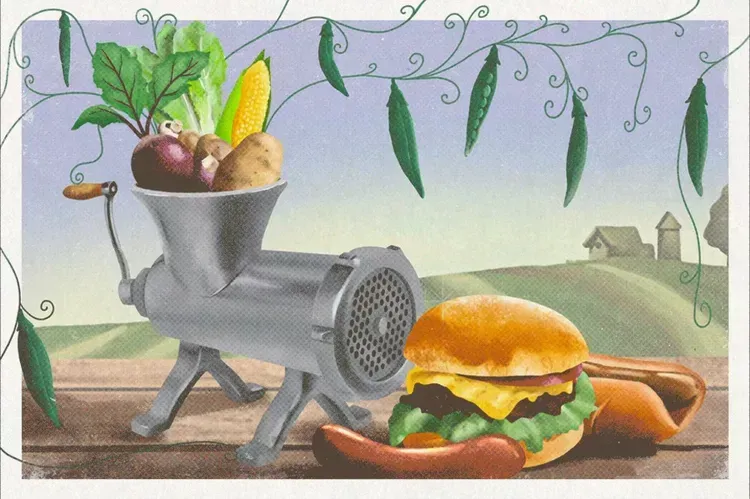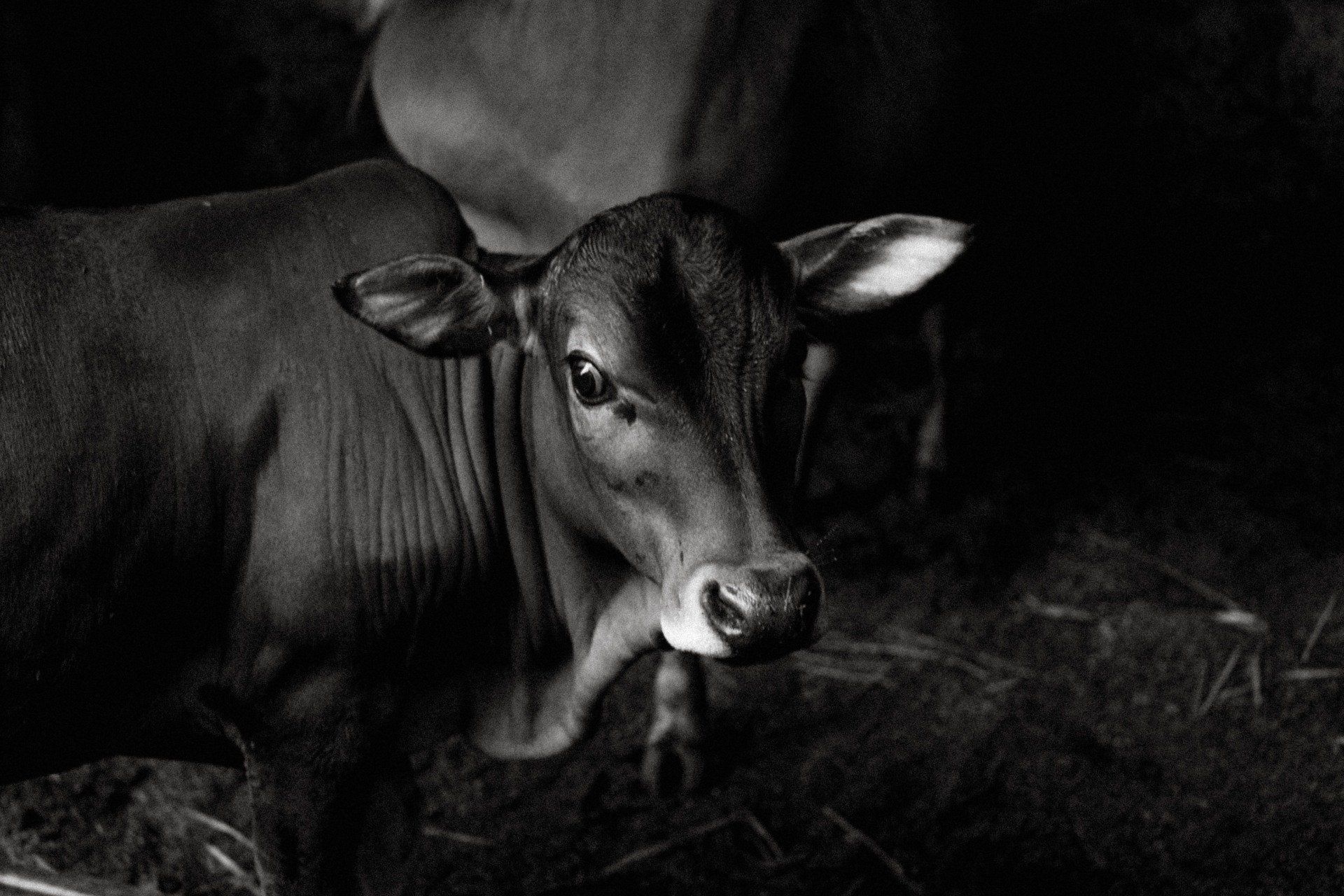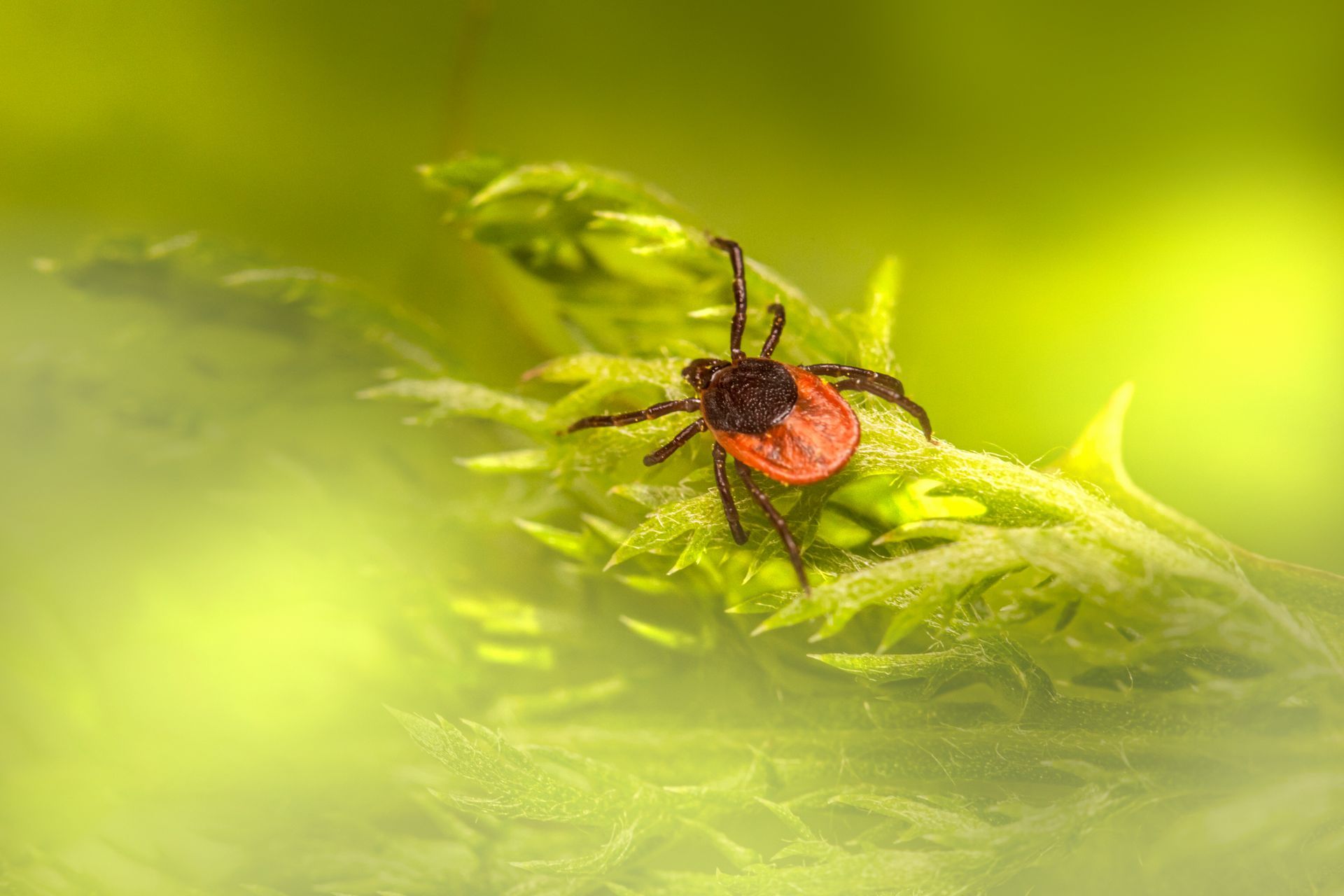Bagged Feeds Summer Time
It is amazing to visit different locations and see bags still in plastic when it's in the 90's with high humidity and not much air flow. When I first got into the feed side of the ag business I had a lot to learn. I had a stack of horse feed that the plastic was left on it because well, it may get dusty. My clean bags were ruined. I'm sure my manager wasn't happy. And another time when I placed the feed up against the wall to make more room to get the dolly through. I didn't realize that the wall of the building held so much heat. Let alone being able to clean that area. I have spent some time putting this together. Whether you're a 4-H member, a new animal owner or new to the retail side of feed, I hope this helps.
BAGGED FEED
1. Store feed in a cool, dry, well ventilated area if possible.
2. Rotate stock to use old feed first . Rotation is the name of the game.
3. Keep bags stacked on pallets or something to keep them off of the damp floors. You need a vapor barrier, feed bags will absorb the dampness which will result in spoilage.
4. Bags should be stacked to allow at least 18 inches between walls and supports. This allows for better cleaning, air circulation and placement of traps or bait boxes.
5. Keep different types of feed separate and clearly marked. With all bags looking the same, be sure to mark your stacks and especially careful to not get medicated feeds mixed in with non medicated.
6. We can't emphasize this enough, if your skids are wrapped in plastic. Remove the wrap as soon as you can. Before storing in your warehouse or barn. This allows better air flow and reduces the chance of mold. Believe it or not, these bags need to breathe.
7. Rodent/insect control:
• Keep exterior doors closed when not in use.
• Position bait boxes/traps around interior and exterior walls. Glue boards or automatic traps on either side of warehouse doors are effective for preventing entry of rodents.
• Clean up spilled feed immediately and remove torn bags as soon as possible.
• Regularly fog warehouse area with approved insecticide during warm months.
• Regularly spray problem areas with good residual crack and crevice type insecticide.
• Periodic fumigation of entire storage area may be required for severe problems, but is expensive and requires a qualified applicator.
• Keep weeds and brush away from exterior of storage area.
• Eliminate poor drainage areas which serve as breeding grounds for most insects.
8. Do not handle bags more than necessary and handle with care. Pelleted diets are designed to be durable, but they are not indestructible. Abusive handling will destroy the pellets which will result in poor quality feed.
You might also like
Jaynie Norman


